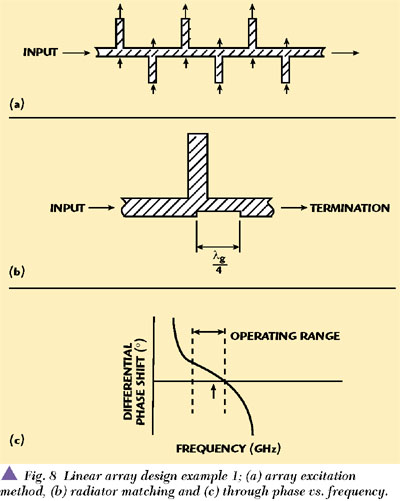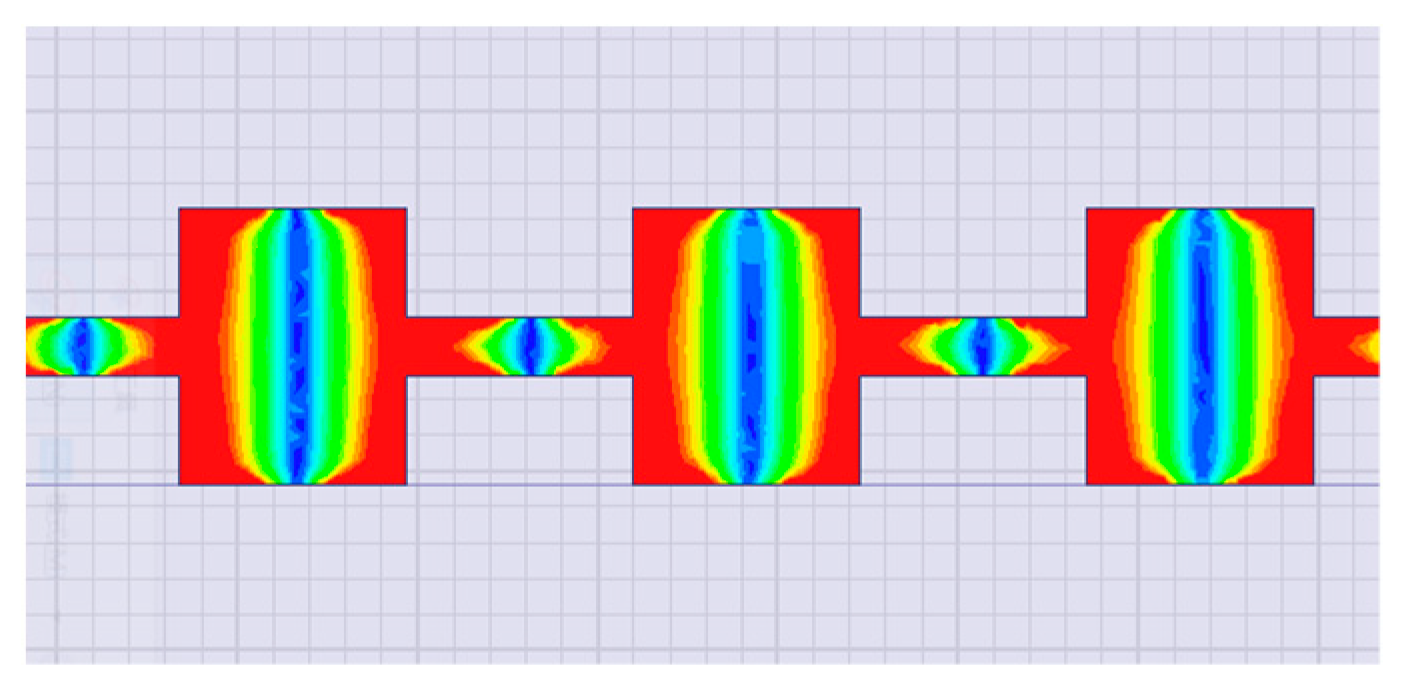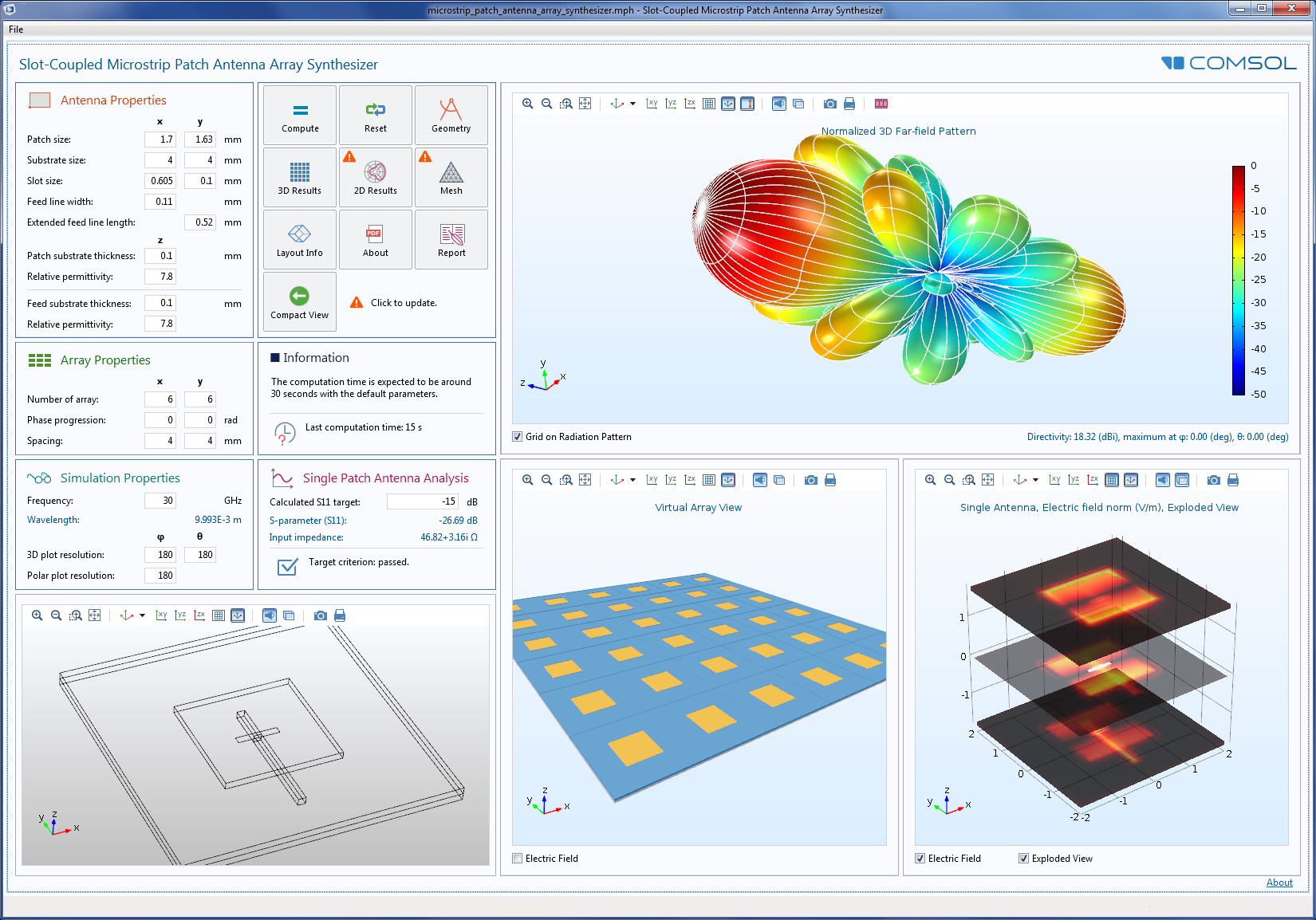Wideband microstrip antenna design microstrip line fed patch antenna le airport base station microstrip antenna an overview dual lily polarized microstrip
Among the advantages of this type of antenna we can emphasize the low cost, small size, low profile, easy to manufacture and easy to implement, among its disadvantages are narrow bandwidth or low gain. The purpose of this project is design and analysis an array of Patch antenna at 2.45 GHz with circular polarization.

- Easy to manufacture. Figure-1 shows a patch with microstrip line feed from the side of the patch. The position of the feed point (yo) of the patch in has been discussed in details in the section of Impedance Matching. It is widely used in both one patch antenna and multi-patches (array) antennas. Figure-1: Microstrip patch antenna with feed.
- Series-fed patch elements forming an array are simulated to demonstrate antenna performance and beamforming including S-parameters, gain, and effective isotropic radiated power (EIRP) at 28 GHz. Beam steering is performed in one plane by adjusting the phasing at the input ports to each of eight elements.
- A patch antenna is a type of radio antenna with a low profile, which can be mounted on a flat surface. It consists of a planar rectangular, circular, triangular, or any geometrical sheet or 'patch' of metal, mounted over a larger sheet of metal called a ground plane.They are the original type of microstrip antenna described by Howell in 1972; the two metal sheets together form a.
- Pasternack's Microstrip Patch Antenna Calculator determines the length and width (in millimeters) of a rectangular patch antenna.
Microstrip Patch Antenna Array Calculator


Bandwidth calculation for rectangular patch antenna scientific diagram problems 1 a helix antenna has five turns and p chegg bandwidth calculation for rectangular patch antenna scientific diagram antenna patterns and meaning antenna basic s pulse electronics
